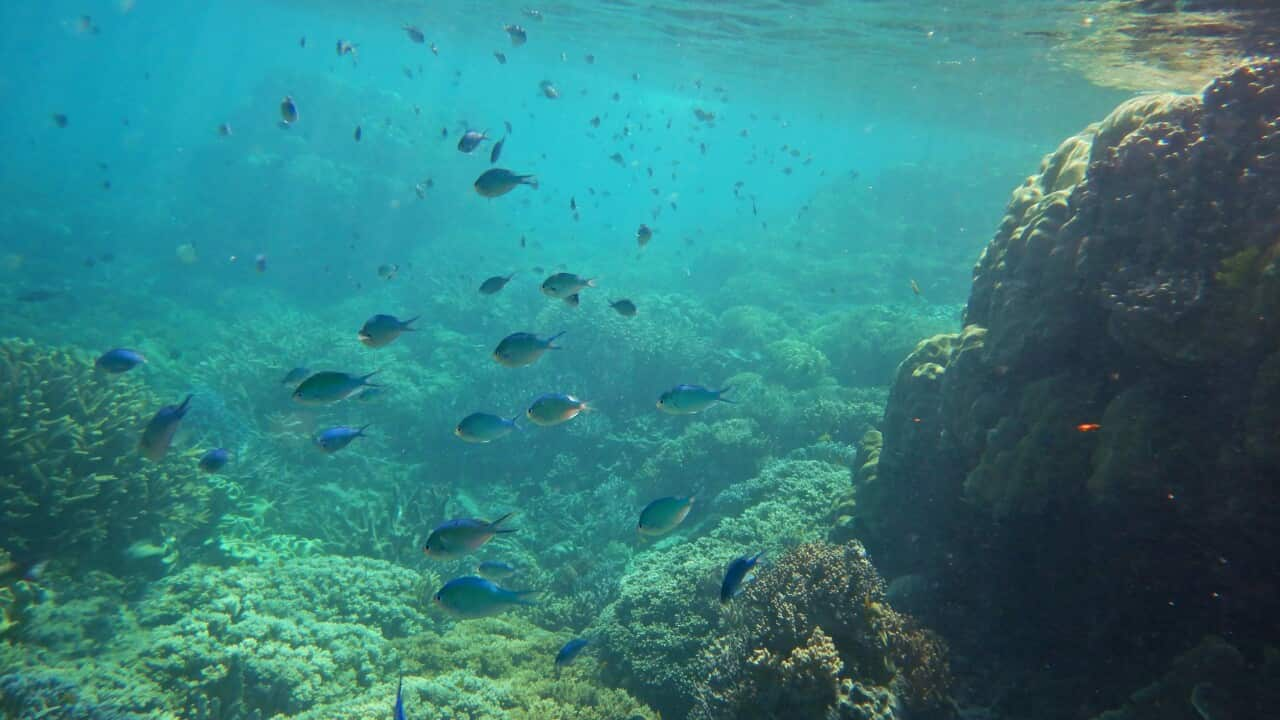Tourism operators and the local reef industry worked overnight during the annual Great Barrier Reef spawning event, implementing restoration techniques to help boost healthy coral numbers.
The annual coral spawning event, triggered by the November full moon, sees the Great Barrier Reef's corals come to life in an underwater 'snowstorm' by releasing trillions of eggs and sperm into the water in a mass breeding phenomenon.
This year, a team from the Australian Institute of Marine Science, along with Cairns and Port Douglas tourism operators and marine industries, used the innovative 'coral IVF' technique to boost coral baby production during spawning.
Scientists estimate that coral IVF improves fertilisation rates by 100-fold — raising chances from one in a million in natural settings to one in 10,000.
What is coral spawning?
The event occurs at night, reducing the risk of consumption by plankton-eating fish. The eggs and sperm rise to the ocean's surface, where they form a pink-brown slick.
Fertilisation takes place as eggs and sperm combine to produce larvae, which develop into coral polyps over about ten days.

Coral spawning is an annual event where corals simultaneously reproduce. Source: Supplied / Stuart Ireland
This natural process is essential for maintaining the biodiversity and resilience of the Great Barrier Reef.
What is coral IVF?
Coral IVF is an overnight process, where millions of coral eggs and sperm are captured and placed in specially designed floating larval pools set up in two different locations in the region.

Millions of coral eggs and sperm are captured in specially designed floating larval pools. Source: Supplied / Great Barrier Reef Foundation
Once ready, they are placed onto reefs, which include locations that have been , where they can grow into healthy young corals and help bring new life to the Great Barrier Reef.
Great Barrier Reef Foundation managing director Anna Marsden said it is a critical time to develop solutions to protect what remains from the impacts of climate change.
"Last summer, our Great Barrier Reef experienced another devastating bleaching event, highlighting again that coral reefs are on the front line of climate change," she said.
"By combining the tourism and marine industry's leadership, vessels, local expertise and people power, we're aiming to achieve reef restoration on a much larger scale than researchers alone could accomplish.
"This collaboration is cracking through one of the biggest bottlenecks in reef restoration scale."











